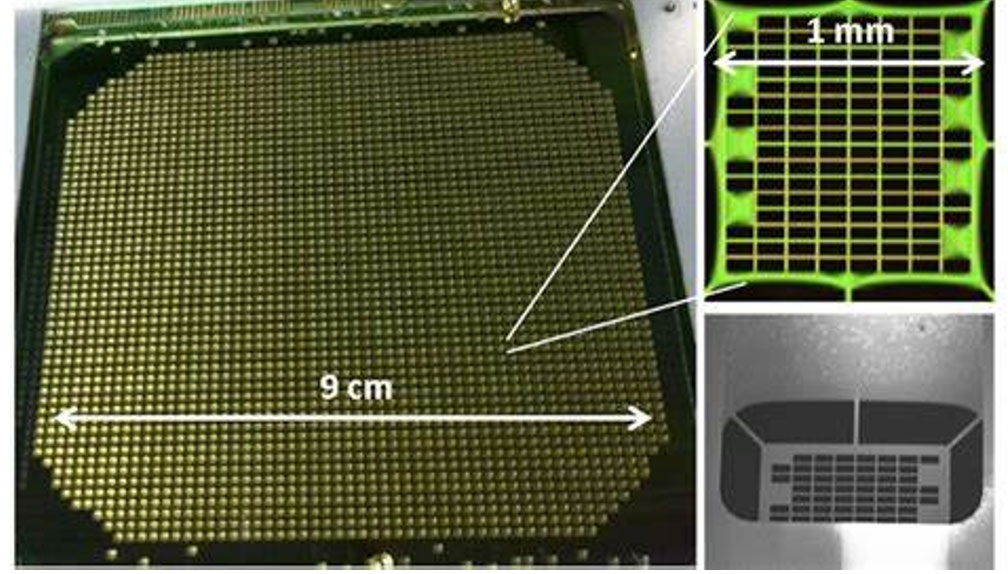
Projects
Data Acquisition to Meet the Challenge of Moore’s Law for Millimeter/Submillimeter-Wave Cameras
PI: Sunil Golwal (Division of Physics, Mathematics and Astronomy)
SASE: Nia McNichols, Scholar
Instrumentation for astronomy and other applications at millimeter and submillimeter wavelengths (mm/sub-mm) is benefiting from enormous increases in detector count. These instruments present a novel data acquisition challenge. We must record timestreams for each detector while continuously scanning a particular field, map the timestreams to sky locations, and average in many visits of a sky location to reduce the noise. Fast scanning is required to minimize the impact of fluctuating, atmospheric emissions, requiring high sampling rates. Not only must we acquire and record calibrated data at an enormous rate (4 bytes/sample, up to 1 kHz/detector—40 MB/sec now, soon 4 GB/sec), but we must apply computationally intensive timestream filtering and correlated noise removal before mapping the “cleaned” data into sky pixels in semi-real-time.
The Golwal group is building two new instruments NEW-MUSIC and SKIPR. NEW-MUSIC will provide, for the first time, observations in six spectral bands simultaneously for each point on the sky, making it possible to quickly measure spectral energy distributions of energetic and explosive astronomical sources that vary on timescales as short as seconds or minutes. SKIPR will provide semi-real-time imaging of maritime obstacles such as icebergs through obscurants such as fog that prevent O/IR imaging. NEW-MUSIC and SKIPR use kinetic inductance detectors (KIDs), which are superconducting radiofrequency (100s of MHz to GHz) resonators that respond to incoming mm/sub-mm light with a shift in their resonance frequency (like AM/FM radio). Superconductivity enables the resonators to have high-quality factors, Q > 105, so thousands of resonators, each tuned to a different resonant frequency, may be probed with a single readout line. This architecture provides mm/sub-mm arrays with 104 detectors for NEW-MUSIC and SKIPR and a path to 106 detectors. Both instruments thus require data acquisition (DAQ) systems that can handle massive data rates and quick-look analysis (QLA) software that can provide semi-real-time images.

Focal plane array of about 2500 thermal kinetic inductance detectors
In collaboration with the Schmidt Academy, we are developing the DAQ-QLA software to meet the needs of these two instruments. As noted, significant processing is required to generate images from the KID timestreams. We are bringing substantial improvements to algorithms that we developed for a previous-generation imager, porting them to a more modern language Python, and improving their computational efficiency to enable semi-real-time imaging. We are developing a flexible GUI-based platform for the image acquisition process; this platform will provide previously unavailable automation and configurability, and a streamlined process for calibrating the readout system.